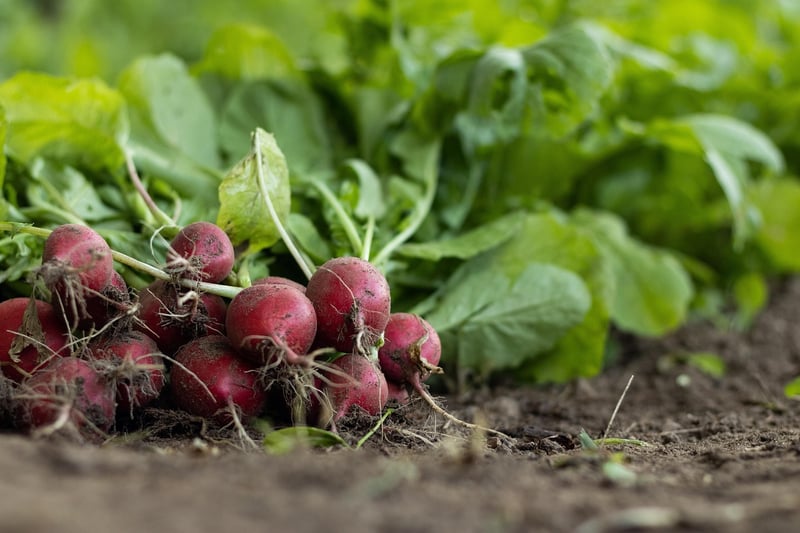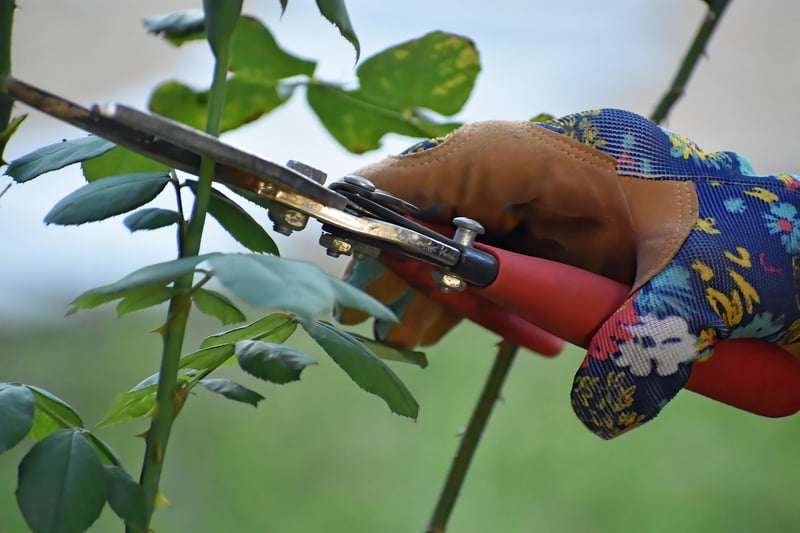Pruning Guidelines
Pruning Guidelines for Ensuring Healthy Growth and Longevity of Your Plants
The Importance of Pruning
Pruning is a crucial aspect of plant care that not only enhances the aesthetic appeal of your garden but also promotes the overall health and longevity of your plants. By removing dead or overgrown branches, you can stimulate new growth, improve air circulation, and prevent diseases from spreading.
When to Prune
The timing of pruning depends on the type of plant you have. Generally, it is best to prune flowering shrubs right after they bloom, while dormant pruning for trees is typically done in late winter or early spring.
Pruning Techniques
When pruning, always use sharp, clean tools to make precise cuts. Cut at a 45-degree angle just above a bud or lateral branch to promote healthy regrowth. Remove any crossing or rubbing branches to prevent damage and maintain a balanced shape.
Tools for Pruning
- Hand Pruners: Ideal for small branches up to 1 inch in diameter.
- Loppers: Best for branches between 1 and 2 inches thick.
- Pruning Saw: Suitable for larger branches that hand pruners or loppers can't handle.
- Pole Pruners: Useful for reaching high branches without a ladder.
Common Mistakes to Avoid
Avoid over-pruning, as it can stress the plant and inhibit growth. Never remove more than one-third of the plant's total foliage at once. Additionally, refrain from leaving stubs after cutting, as they can invite diseases and pests.
Consulting a Professional
If you are unsure about how to prune a specific plant or if it requires special care, consider consulting a professional arborist or horticulturist. They can provide guidance tailored to your plant's needs and ensure its health and longevity.

By following these pruning guidelines and techniques, you can help your plants thrive, maintain their shape, and contribute to a vibrant and healthy garden for years to come.
